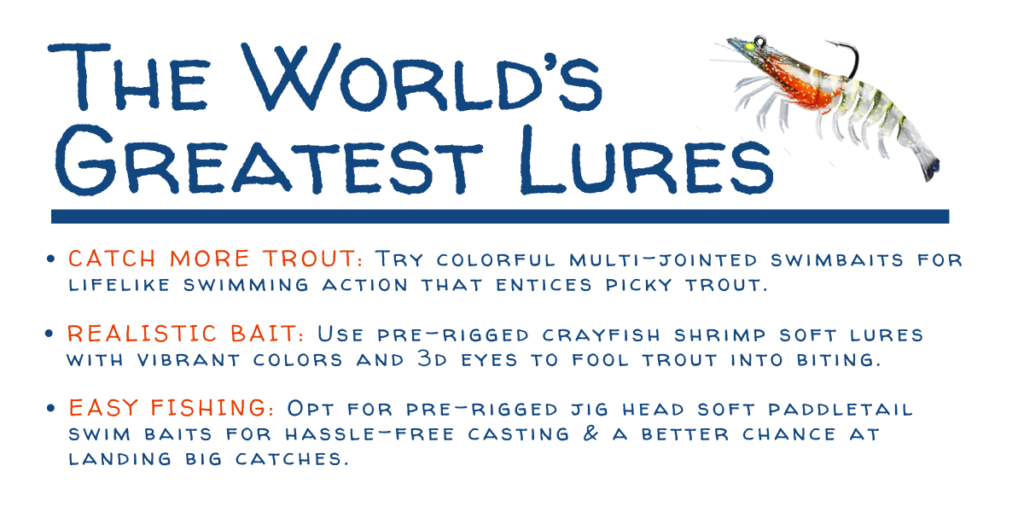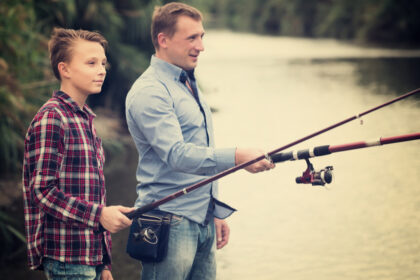Trolling for trout is a fishing technique where a person uses a moving boat to drag bait or lures through the water in order to attract and catch trout. This method allows anglers to cover a large area of water and present their bait or lure at various depths and speeds to entice trout into biting. Trolling can be done in lakes, reservoirs, and even rivers with suitable conditions. It’s important to note that local fishing regulations should always be followed to ensure sustainable angling practices.
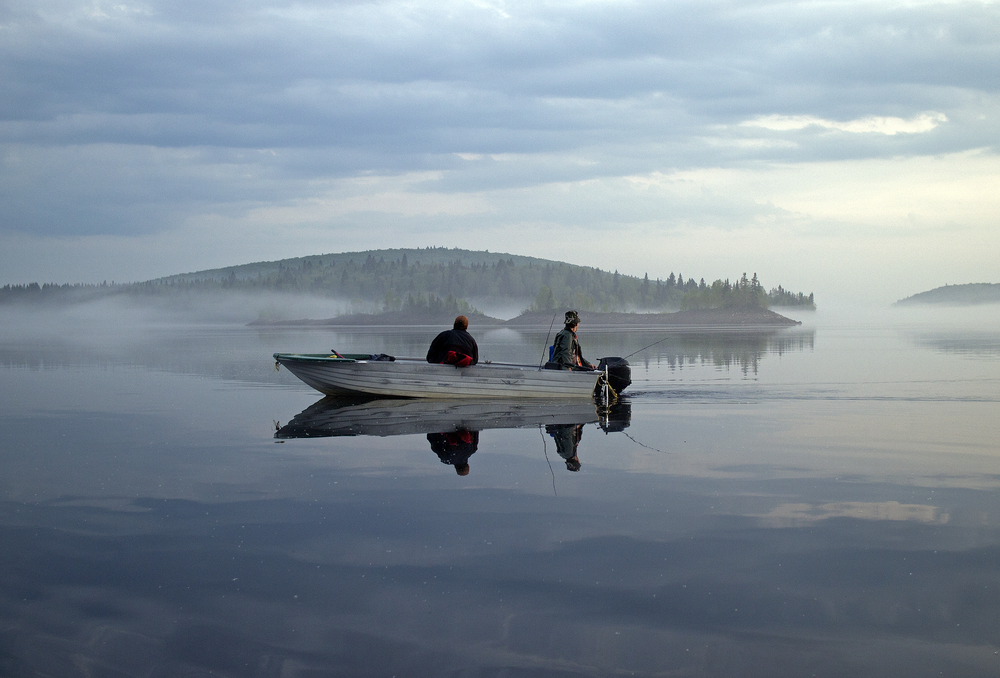
When trolling for trout, there are several types of bait that can be effective in enticing them to bite. Here are three popular choices:
Minnow Imitations:
Using artificial lures that mimic small fish can be highly effective when trolling for trout. These lures typically have a realistic appearance and swimming action, which can trigger predatory instincts in trout. Common minnow imitations include crankbaits, spoons, and swimbaits.
Worms:
Live bait like worms can also be used when trolling for trout. Nightcrawlers, red worms, or mealworms are all popular choices. These can be threaded onto a hook or used with a small spinner or worm harness. The movement and scent of the worm can entice hungry trout to strike.
Insect Imitations:
Trout are known for feeding on insects, so using bait that replicates their natural prey can be successful. This can include using fly patterns such as nymphs, wet flies, or dry flies. Flies can be fished at various depths using sinking lines or floating lines, depending on the trout’s feeding behavior. This article will focus on trolling with flies.
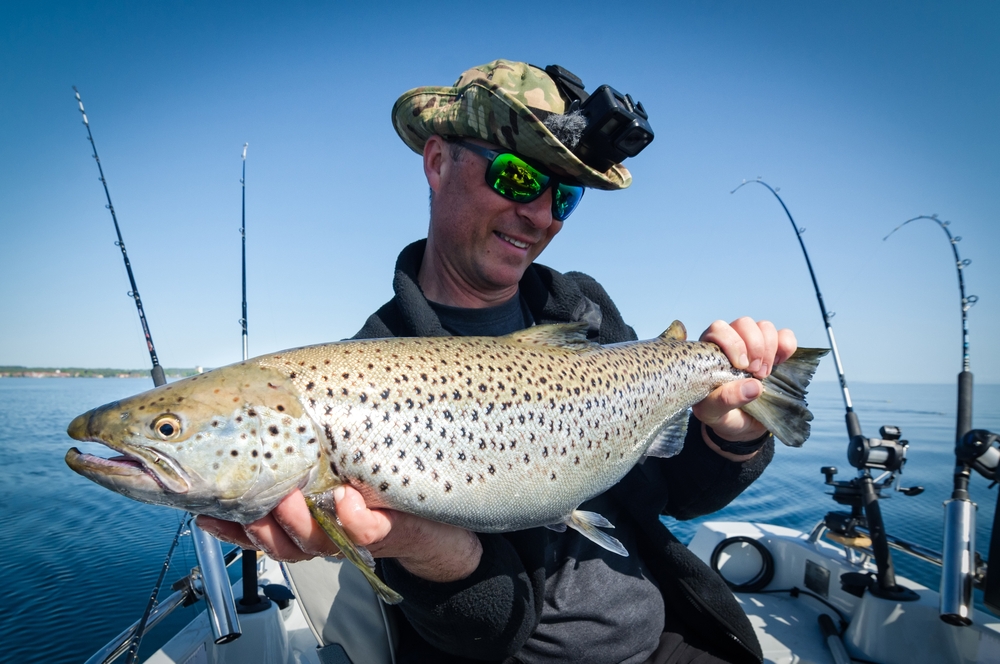
How to Troll with Flies
Trolling for trout with flies can be an effective technique to entice these fish to bite as they imitate a trout’s favorite meal. Here’s how you can do it:
Equipment:
You’ll need a fishing rod and reel suitable for trolling, preferably with a medium to light action. A fly line that matches your rod and a leader of around 7-9 feet in length is also essential. Make sure to use a suitable weight-forward or sinking fly line to help your flies reach the desired depth.
Selecting Flies:
Choose flies that imitate the natural food sources trout feed on in the water you’re fishing. Common choices include streamers, nymphs, and wet flies. Consider using patterns that mimic small fish, insects, or other aquatic creatures that trout are known to eat. There has been debate in the angler world about which is better for catching these elusive fish: store-bought flies or hand-made flies. Keep reading below to learn more!
Rigging:
Start by attaching your leader to the fly line using a loop-to-loop connection or a nail knot. Tie your selected fly onto the end of the leader using a suitable knot, such as an improved clinch knot or a Uni knot.
Trolling Speed and Depth:
Maintain a consistent trolling speed of around 1.5 to 2.5 miles per hour (2.4 to 4 kilometers per hour). Adjust your speed based on the trout’s feeding behavior and water conditions. Use a sinking line or add split shot weights to your leader if you want to fish deeper.
Technique:
Cast your fly out behind the boat and allow it to sink to the desired depth. Slowly troll the fly behind your boat, making sure it maintains a natural swimming motion. Vary your retrieve speed and incorporate occasional pauses or twitches to imitate the movement of prey.
Location and Timing:
Trout tend to concentrate near drop-offs, submerged structures, or areas with good water flow. Pay attention to depth contours, underwater features, and temperature changes to locate productive trolling areas. Early mornings, late evenings, or overcast days are often the best times to troll for trout.
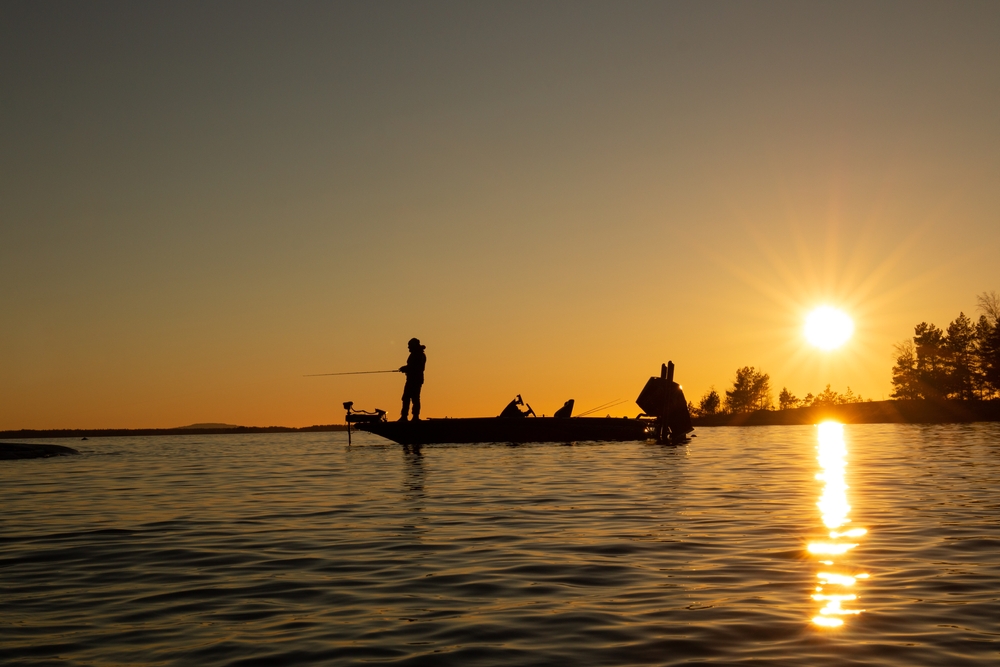
Store-Bought Flies vs. Hand-Made Flies
The debate between store-bought flies and handmade flies for trout fishing is subjective and depends on personal preferences and fishing conditions. Here are some factors to consider.
Quality and Customization:
Handmade flies offer the advantage of customization. You can tailor the fly pattern, size, and color to match local insect hatches or mimic specific prey. Hand-tied flies can also be made with higher-quality materials and greater attention to detail.
Cost:
Store-bought flies are typically more affordable, especially if purchased in bulk or as part of fly assortments. Handmade flies require investing in fly tying materials and tools, which can be expensive upfront. However, once the initial investment is made, tying your own flies can be a cost-effective option in the long run.
Availability:
Store-bought flies provide convenience and a wide range of options. Fly shops and online retailers offer a vast selection of patterns and sizes suitable for various fishing situations. On the other hand, handmade flies may offer unique patterns or variations that are not readily available commercially.
Local Knowledge and Expertise:
Hand-tied flies can reflect the knowledge and experience of local anglers who understand the trout’s feeding habits and regional fishing conditions. Locals often have insight into effective patterns that are specific to their area.
Satisfaction and Personal Connection:
Many people find joy and satisfaction in tying their own flies. The process of creating something from scratch and witnessing its effectiveness on the water can enhance the overall fishing experience.
Some anglers prefer the convenience and variety of store-bought flies. While others enjoy the customization and personal touch of tying their own. It’s worthwhile to explore both options and experiment to determine what works best for each angler’s unique fishing style and location.
Wrapping Things Up
Remember, trolling for trout with flies can be a rewarding and exciting way to target these fish. When it comes to flies, the choice between store-bought flies and handmade flies depends on individual preferences, budget, and fishing goals. Experiment with different flies, try various fly patterns, depths, and techniques to find what works best in your fishing location.
Always check local fishing regulations and obtain any necessary licenses before heading out. Additionally, be mindful of catch-and-release practices to conserve fish populations.
